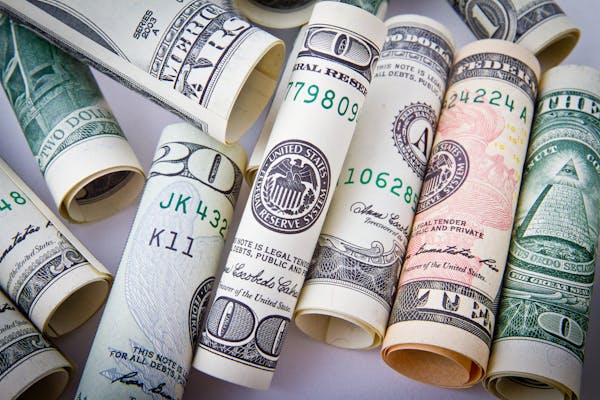Introduction
In the 1700s and 1800s, a movement of artists and writers called Romanticism flourished in Europe. Romantic artists were interested in exploring the emotions of the individual human being, and they focused on imagination rather than reason or scientific knowledge. Painters gave prominence to light and color, believing that light revealed truth through emotions. They also believed that beauty existed in objects themselves rather than in perceptions or opinions of an observer. The arts have always been influential in creating many moments for our humanity to thrive on.
Romantic art was particularly influenced by the French Revolution, which brought about a shift in power away from kings and royals, who were seen as repressive, to the people.
Romantic art was particularly influenced by the French Revolution, which brought about a shift in power away from kings and royals, who were seen as repressive, to the people. The Enlightenment had emphasized reason and logic over emotion and imagination; Romanticism sought to restore balance between these two poles.
Romanticism arose as a reaction against what some saw as coldness in Enlightenment thought. While the latter encouraged intellectual skepticism and rational analysis (as did its predecessor Classical Humanism), Romanticism stressed personal feelings over objective facts; it also valued imagination as an important means of understanding reality–a departure from classicist notions that only reason could lead us toward truth.
Romantic artists were interested in exploring the emotions of the individual human being.
Romantic artists were interested in exploring the emotions of the individual human being. They believed that imagination and emotion were more important than reason, and painters gave prominence to light and color, believing that light revealed truth through emotions.
Romantic artists believed that imagination and emotion were more important than reason.
Romantic artists believed that imagination and emotion were more important than reason. They were interested in exploring the emotions of the individual human being, and gave prominence to light and color, believing that light revealed truth through emotions.
Romanticism was an artistic movement that began in Europe during the late 18th century and lasted until about 1850. It emphasized emotionalism, imagination, freedom from classical styles and forms, spontaneity as well as nationalism or Pan-Europeanism (a sense of belonging to all Europe). Romantics often rejected rational thought or analysis in favor of intuitive feelings; they valued nature over industry; they tended toward optimism rather than pessimism; they emphasized individualism rather than conformity
Painters gave prominence to light and color, believing that light revealed truth through emotions.
Painters gave prominence to light and color, believing that light revealed truth through emotions. Painters such as JMW Turner used light to express the human spirit and its relationship with nature. The artist believed that God created all things out of love, including humans themselves. Therefore, his paintings would often contain bright colors with strong contrasts between dark and light areas which represented his belief in this idea of goodness or “truth” being found within nature itself (the sky) versus manmade objects such as buildings or cars (darker areas).
Romantic artists followed the philosophies of Rousseau, Rousseau’s idea that man was born good but society corrupted him; and Kant’s idea that beauty exists in objects themselves rather than in perceptions or opinions of an observer.
The artists of the Romantic era followed the philosophies of Rousseau, who believed that man was born good but society corrupted him. Kant’s idea that beauty exists in objects themselves rather than in perceptions or opinions of an observer also affected their work.
The arts have always been influential in creating many moments for our humanity to thrive on
The arts have always been influential in creating many moments for our humanity to thrive on. This is why it is important to understand the history of art and its impact on society today. Art allows us to express ourselves and connect with others through shared experiences, which can be done through paintings or sculptures made by artists throughout history.
Conclusion
Romantic art in Europe was a highly influential movement that changed the way people thought about art and its place in society. Romantic artists valued emotion over reason, imagination over reality, and light over darkness–all of which made their works powerful expressions of the human spirit.


More Stories
Traditional Food of Germany & Traditional Food of Spain
The 10 Best European Writers
How Our European Lifestyle Made Us Happier, Healthier, and Financially Independent